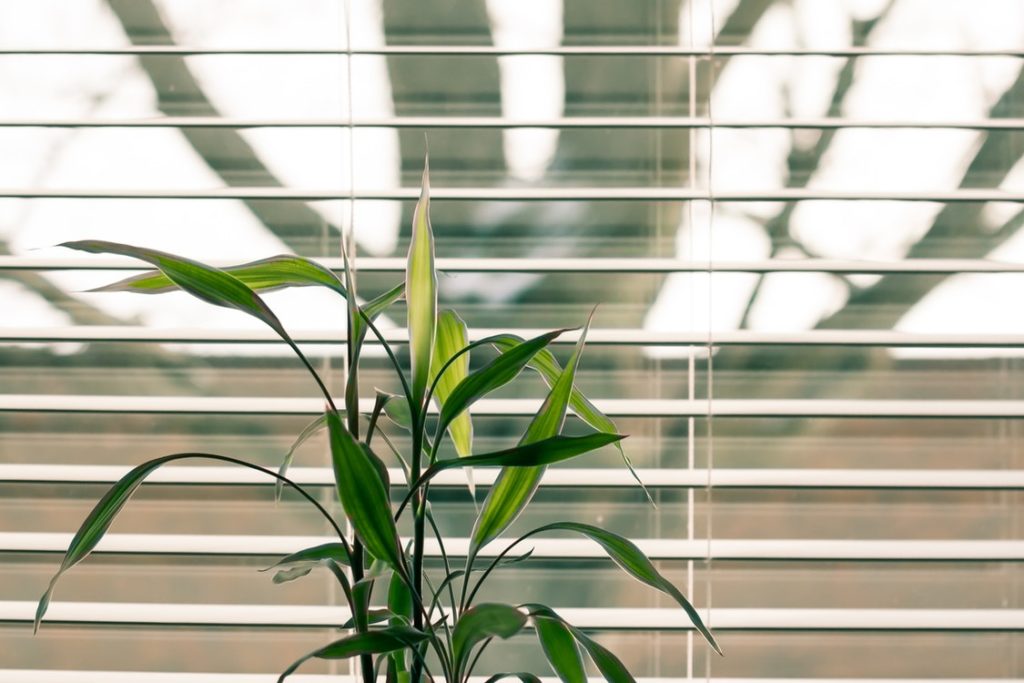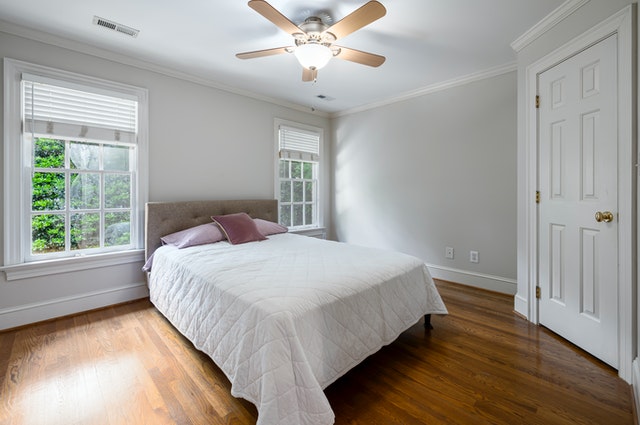
Installing awnings Gold Coast from All Seasons Vinyl will save you money on energy bills, but you have to be careful to do it wisely. The first cost of an awning is monetary. It is important to wait until the difference in your monthly utility bills is more than the cost of the awning. In the meantime, you can save money on energy by installing awnings on sunny days. Light-colored awnings reflect sunlight more effectively, while fabric awnings block up to 94 percent of UV rays.
Retractable Awnings
A good quality retractable awning can reduce your energy bill and save money on cooling costs. They work on the same principle as large shade trees. The awning creates a shaded area underneath it, adjacent to the walls of the home. Without an awning, the sun’s rays would directly hit the materials of your home, causing them to heat up. Retractable awnings also save money on cooling costs and improve curb appeal.
When used correctly, retractable awnings can reduce the amount of heat your home accumulates. In turn, this reduces the amount of energy you need to use for air conditioning. As a bonus, using less energy also means reducing your carbon footprint, resulting in fewer emissions of greenhouse gases. With such an array of benefits, installing retractable awnings is a great way to save money on your energy bills.
In addition to providing shade, retractable awnings can cut down your energy bills. When extended, these awnings can keep your home 15 degrees cooler in the summer. When retracted, they allow the sun to warm up your home. If you need additional cooling, awnings will reduce your energy bill. These awnings can be installed anywhere, including your patio. The cost of installing an awning will vary depending on the type of model you have.
According to the Professional Awning Manufacturers Association, an awning can reduce your home temperature by as much as 20 degrees. This decrease in temperature will lessen your need for air conditioning and save you money on energy bills. During the hot summer months, you can save up to $200 a year by reducing the amount of air conditioning you need. During the summer, awnings can even help reduce your energy bill by reducing the number of times you have to run your air conditioner.
Light-Colored Awnings Reflect Sunlight Better

Awning fabrics can play an important role in controlling the amount of heat entering a home. Light-colored fabrics reflect sunlight away from the home while dark-colored fabrics absorb heat. Dark-colored awnings are more suitable for colder climates. Luckily, there are awnings with light-colored fabrics that are equally effective. Sunbrella fabrics come in a wide range of colors and are guaranteed not to fade for ten years.
If you plan to use your patio for relaxing during the day, choose awnings that reflect light. Bright-colored awnings may ruin your relaxation time. Instead, opt for muted colors. Bright shades reflect heat, while dark shades absorb it. Depending on your climate, you can select a light-colored awning that can reflect up to 77% of sunlight. However, if you are going to be using your patio during the day, you may want to go for a darker-colored awning.
Awning fabrics are available in a wide range of colors and designs. Typically, awning fabrics are stain-, water-, and fire-resistant. Light-colored awnings reflect sunlight more efficiently, and dark-colored awnings absorb more light energy. Both styles shade windows in the summer, but darker awnings can retain heat during winter. Awnings can help save energy and money in both summer and winter.
Awnings also reduce the load on air conditioners. Depending on the fabric used, a light-colored awning can reduce the amount of heat in a home by up to 77%. Using less air conditioning also helps offset your carbon footprint and emit fewer greenhouse gases. Awnings also protect your skin from the harmful UV rays of the sun. Dermatologists recommend limiting the amount of time you spend outdoors, particularly during the midday sun.
Fabric Awnings Block 94 Percent of UV Rays
An awning shields windows from the heat and sun. The walls, roof, subfloor, and doors are all part of the building envelope. Most of the energy lost in the building passes through glass. For every square foot of glass, more energy is lost than it enters. A screened-in awning blocks 94 percent of the harmful rays. By blocking more heat, you’ll enjoy cooler temperatures inside.
Retractable awnings reduce electricity use during peak consumer demand
Retractable awnings can help you save on energy costs and extend the living space of your home outdoors. They can reduce your energy bill by up to 25%, and they can reduce your carbon footprint, too. Retractable awnings can reduce your energy use during summers and winters by allowing more natural light into your home. In addition, they increase the value of your home by adding curb appeal to the home.
The energy benefits of retractable awnings outweigh their aesthetic value. They add style and beauty to your home while reducing energy usage. According to the American Society of Heating and Air Conditioning Engineers, solar radiation penetration through glass is responsible for about 20% of the total air conditioner demand. Solar gain from retractable awnings can further reduce energy use by reducing the amount of cooling required, so they are beneficial for both the environment and your wallet.
Aside from energy savings, retractable awnings can also provide shade, reducing glare on computer screens. In addition, they can allow employees to work outside without sacrificing the comfort of their surroundings. Retractable awnings can also reduce your electricity use during peak consumer demand and save you money in the long run. If you’re looking for an attractive, energy-efficient awning for your home or business, you can find one online or from a local installer.
Another energy-saving benefit of retractable awnings is their ability to block the heat of the sun. This can reduce the use of air conditioning during hot summer months, reducing your heating bill. Retractable awnings can be installed on your windows and glass doors, allowing the heat to penetrate through the glass. Aside from saving energy, they also help your home’s floor from fading.
Automatic Awnings Save TIme and Effort
One way to cut down your energy bills is to install an automatic awning in your home. Depending on the size of your home, automatic awnings can help you cut down on both your monthly and yearly energy bills. These awnings can also reduce your AC usage, so they are a great way to save money. Plus, they can also help you reduce your environmental impact. For more information on how automatic awnings can help you save money, contact a local dealer today!
An awning is an effective way to protect your home from the sunlight. Windows are one of the biggest components of your building’s envelope, which is made up of the roof, walls, subfloor, and doors. When it’s sunny outside, the glass in your home will allow more energy to escape. If you have a large window, you might be losing a lot of energy. In addition to the sun’s rays, the heat will rise inside your home.
Installing automatic awnings in your home will help you lower your energy bill by up to 25%. This is because these awnings will help reduce the heat load of your home, meaning less time the air conditioning unit has to run. The awnings will also reduce your carbon footprint, so you’ll be emitting fewer greenhouse gases. So, installing an automatic awning in your home will help you save money while improving your home’s value!
You can choose between manual and automatic retractable awnings. Manually operated awnings have fewer moving parts and no motor, while automatic ones feature more sophisticated features like weather-stripping and home automation integration. Automatic awnings also save energy, and some models even feature weather sensors to help you determine the perfect time to open or close your awning. The best ones can save up to 20% of your indoor space.
